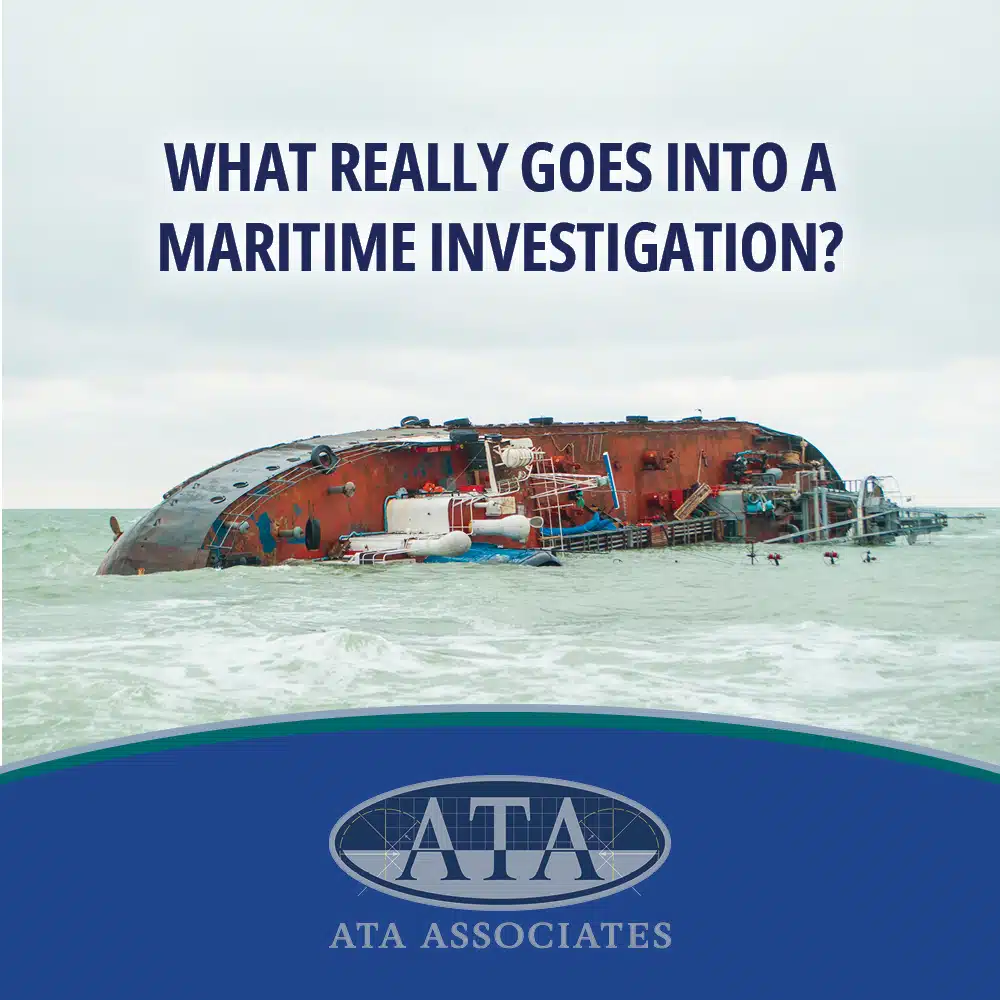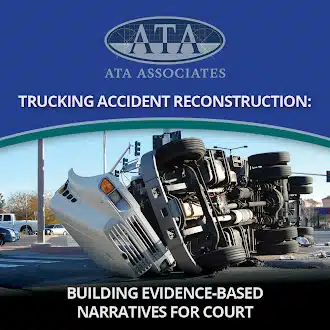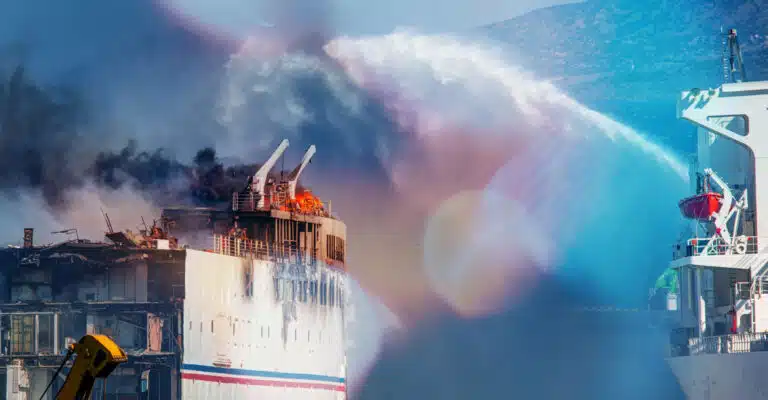Maritime and admiralty incidents often involve a complex combination of mechanical, human, environmental, cargo, and regulatory factors. Understanding these contributing elements is essential for safety professionals, insurers, legal teams, and commercial operators. While each incident is unique, examining common influences can provide insight into why accidents occur and how safety can be improved.
ATA Associates specializes in forensic analysis of maritime incidents under U.S. jurisdiction, offering technical expertise to examine the circumstances surrounding accidents. This blog highlights key factors that are often considered in maritime and admiralty investigations.
Mechanical and Equipment Factors
Mechanical issues are among the leading contributors to maritime incidents. Failures in propulsion systems, steering, navigation, or safety equipment can significantly increase the likelihood of accidents. Even routine maintenance issues can lead to serious consequences if left unaddressed. Across U.S. waterways, mechanical failures have contributed to both minor incidents and significant property damage, underscoring the importance of proper vessel inspection and maintenance.
Human and Operational Factors
Crew decisions and operational practices play a major role in maritime safety. Navigational errors, fatigue, inadequate training, and miscommunication can all contribute to accidents. For example, in 2023, the U.S. Coast Guard reported 3,844 recreational boating accidents, resulting in 564 deaths and over 2,100 injuries. While not all of these involved mechanical failure, human error—including decision-making and operational lapses—was a factor in many cases. This highlights the critical role of training, adherence to procedures, and effective communication onboard vessels.
Environmental and Weather Conditions
Environmental conditions, such as storms, high winds, rough seas, and poor visibility, can drastically affect vessel safety. Shifting tides, strong currents, and hazards like floating debris or ice add to the complexity. Even experienced crews and well-maintained vessels can face challenges when weather conditions are unpredictable, making environmental awareness and careful planning essential components of maritime safety.
Cargo and Load Management
Proper cargo handling and load distribution are critical to maintaining vessel stability. Improperly secured cargo can shift during transit, increasing the risk of capsizing or collisions. Overloading or uneven weight distribution can further compromise safety. Incidents involving cargo are not uncommon, and when combined with mechanical or human factors, they can escalate into serious accidents. This emphasizes the need for standardized cargo procedures and careful monitoring throughout transit.
Regulatory and Compliance Factors
Compliance with U.S. admiralty regulations, safety standards, and operational guidelines is a key factor in reducing incidents. Following Coast Guard regulations, vessel certification, and safety protocols helps prevent accidents and ensures vessels are prepared for inspections. Failure to adhere to regulatory standards not only increases the risk of accidents but also complicates legal and insurance outcomes when incidents occur.
The Importance of Understanding Contributing Factors
Maritime and admiralty accidents rarely have a single cause. Multiple factors often interact in complex ways. According to recent U.S. Coast Guard statistics, recreational boating accidents alone caused significant injury and property damage in 2023. Understanding how mechanical, human, environmental, cargo, and regulatory factors contribute to incidents can help stakeholders improve safety, make informed operational decisions, and support investigative analysis.
By examining these factors, maritime professionals, insurers, and legal teams gain a clearer picture of why incidents happen and what measures might reduce risk in the future. Contact ATA Associates today to learn how ATA can support your case with real data.




